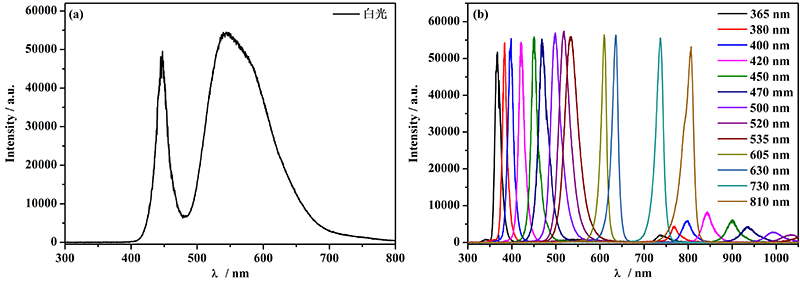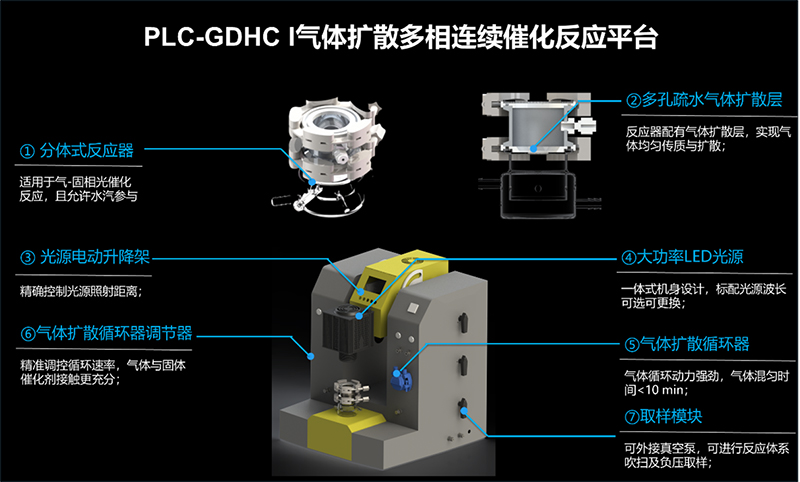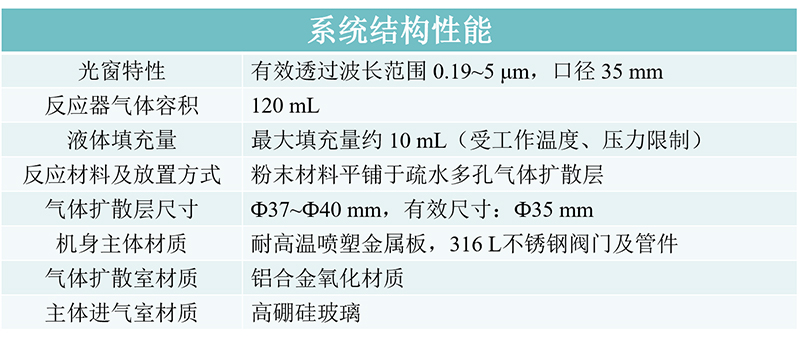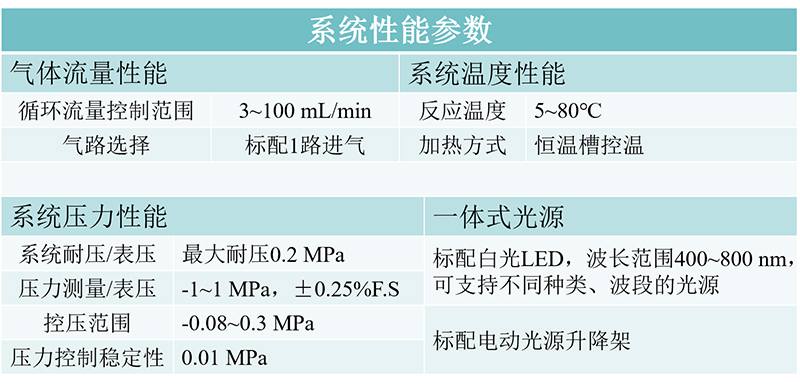One effective strategy for mitigating global warming and addressing energy supply issues is the photocatalytic conversion of CO₂ into valuable chemicals. Imitating the process of photosynthesis, achieving the efficient conversion of CO₂ in artificial photosynthesis relies on the design of photocatalysts and the construction of reaction systems. Researchers have accumulated rich experience in photocatalyst design and preparation and achieved significant results. However, a deeper understanding of the CO₂ conversion process in the reaction system is still needed.
For photocatalytic CO₂ reduction reactions in heterogeneous systems[1], photocatalyst powder is dispersed in the reaction solution, and high-purity CO₂ gas is introduced into the reaction system to generate saturated CO₂ solution. Although this reaction system achieves macroscopic circulation, it still faces the following challenges[2]:
1. The reaction system is typically complex, consisting of photocatalysts, solvents, photosensitizers (e.g., ruthenium or cobalt complexes), cocatalysts, and acidic or alkaline sacrificial agents, among other components. All carbon-containing substances may participate in the chemical reaction, making it challenging to determine the actual feedstock conversion rate during product detection;
2. Limited solubility of CO₂ in the solution or weak CO₂ adsorption capability may result in low photocatalytic activity;
3. When separating products, it is difficult to isolate low-yield liquid products from the mixed system, posing significant challenges for product detection.
Compared to gas-liquid systems, gas-solid systems have more potential in photocatalytic CO₂ reduction reactions, where the CO₂ reduction process takes place directly at the gas-solid interface. The mixed gas of CO₂ and H₂O vapor directly contacts the photocatalyst and participates in the overall reaction process.
Currently, research on heterogeneous catalysis mainly focuses on material modification and new material development. The products are primarily small molecular gases such as CH₄ and CO. Due to the scarcity of photocatalytic gas-solid heterogeneous reaction devices on the market, research on photocatalytic CO₂ reduction in gas-solid heterogeneous systems is still in its infancy. Due to limitations in reaction conditions, the reaction activity is far from meeting practical application needs. Reaction systems capable of producing high-value chemical products such as CH₃OH, C₂H6, CH₃CHO, C₂H₅OH, and HCOOH in gas-solid heterogeneous systems are rare.
Perfectlight Technology presents a solution with a gas diffusion layer structure and has developed the PLC-GDHC I Gas Diffusion Multiphase Continuous Catalytic Reaction Platform, which can manage the temporal and spatial distribution of feed gas concentrations and improve the selectivity and conversion rate of photocatalytic CO₂ conversion into C2+ products.
The PLC-GDHC I Gas Diffusion Multiphase Continuous Catalytic Reaction Platform consists of four major modules: gas diffusion reactor, gas diffusion circulator, integrated motorized lift light source, and modular functional platform.

PLC-GDHC I Gas Diffusion Multiphase Continuous Catalytic Reaction Platform Module and Gas Diffusion Reactor Gas Circulation Diagram
1. Gas Diffusion Reactor includes a porous hydrophobic gas diffusion layer with photocatalyst loading, which can disrupt the feed gas atmosphere, making it more dispersed in the gas stream before coming into contact with the photocatalyst. This achieves full contact at the gas-solid heterogeneous interface. Additionally, the porous gas diffusion layer with hydrophobic properties effectively resolves issues such as liquid water shielding the photocatalyst's active sites and avoiding hydrogen evolution reactions, thereby enhancing reaction conversion rate.
2. Gas Diffusion Circulator provides circulation power to the feed gas atmosphere, delivering it to the porous hydrophobic gas diffusion layer with photocatalyst loading for gas-solid heterogeneous reactions. The gas diffusion circulator also provides external power to quickly detach reaction products from the photocatalyst interface, exposing the active sites again. The gas diffusion circulator can also redeliver feed gas atmospheres that did not participate in the reaction in a timely manner to the porous hydrophobic gas diffusion layer with photocatalyst loading, allowing them to participate in gas-solid heterogeneous reactions repeatedly. This back-and-forth cycling ensures more thorough participation of feed gas atmospheres in the reaction, increasing the conversion rate, and fully considering the effectiveness of adsorption-diffusion-transfer of feed gas atmospheres at the reaction interface on a microscale.

Repeatability of injection peak area after 10 minutes of continuous circulation of the same concentration standard gas
3. Integrated Motorized Lift Light Source is equipped with a built-in high-power white LED light source, with a spectral range of 400~800 nm. The light source band can be changed, adjusted, and customized. Built inside the machine to effectively reduce the laboratory's space occupation, it avoids the need for repeated transfers and excessive exposed wiring. The motorized lift design allows for fine adjustment of light source irradiation distance.

High-power LED light source spectrum
4. Modular Functional Platform is expandable and can be equipped with heating modules, bottom-illuminated photoelectric modules, and temperature control sensor modules, combined with different specifications of gas diffusion reactors to expand various types of reaction systems.

Photocatalytic reactions: gas-solid phase CO₂ reduction, ammonia synthesis, nitrogen fixation, formaldehyde oxidation, and degradation of gaseous pollutants (e.g., VOCs, formaldehyde, NOx, and SOx, among others)


[1] M. Cokoja, C. Bruckmeier, B. Rieger, W.A. Herrmann, F.E. Kühn, Transformation of carbon dioxide with homogeneous transition-metal catalysts: a molecular solution to a global challenge?, Angew Chem. Int. Ed., 2011, 50 8510-8537.
[2] Hai-Ning Wang, Yan-Hong Zou, Hong-Xu Sun, Yifa Chen , Shun-Li Lia, Ya-Qian Lan, Recent progress and perspectives in heterogeneous photocatalytic CO2 reduction through a solid-gas mode, Coordination Chemistry Reviews, 2021,438, 213906.